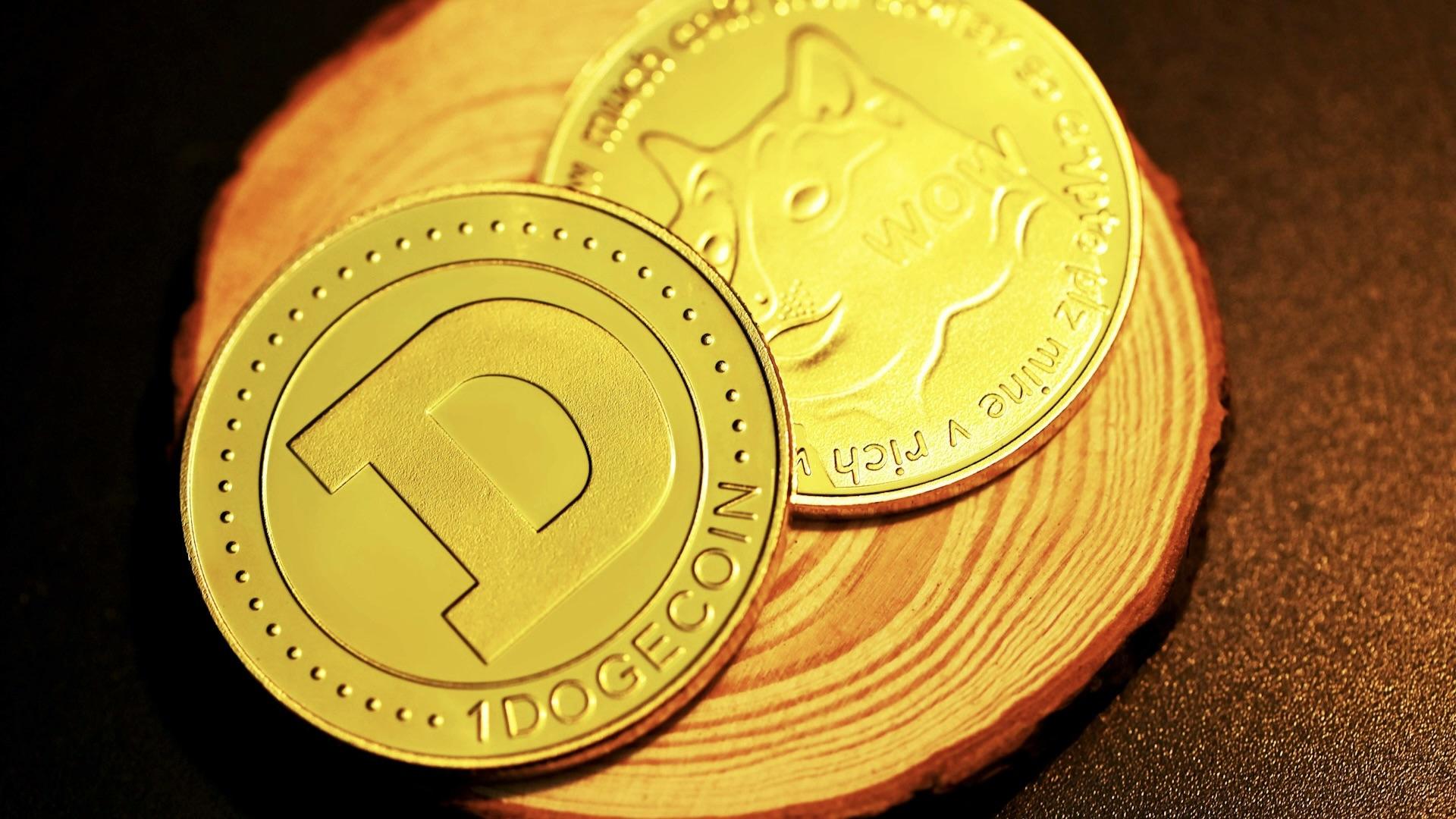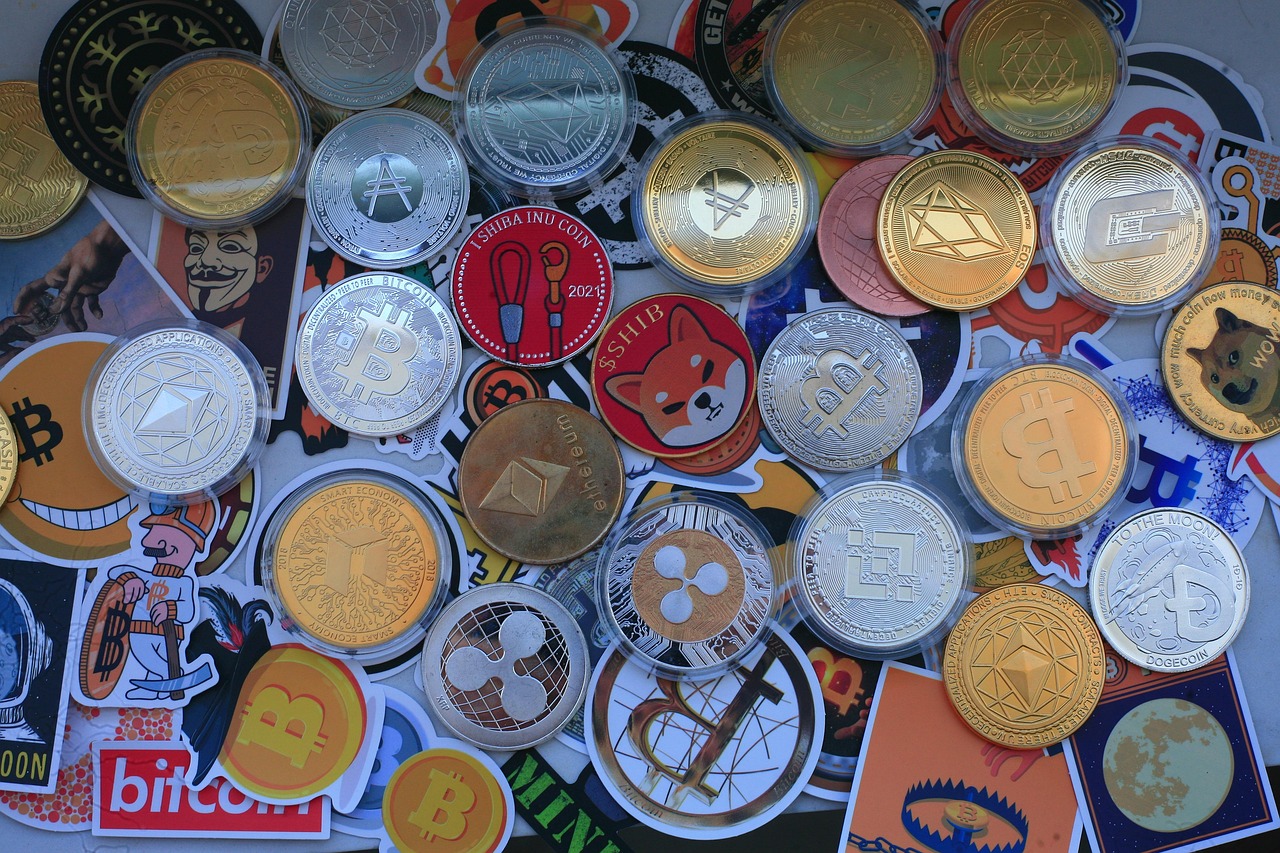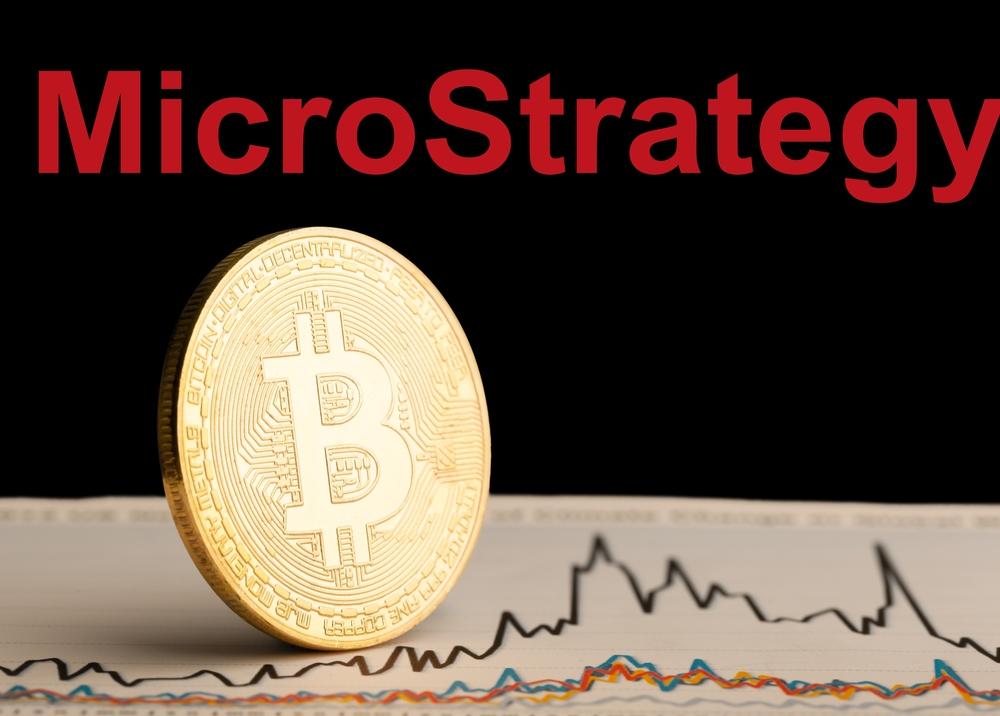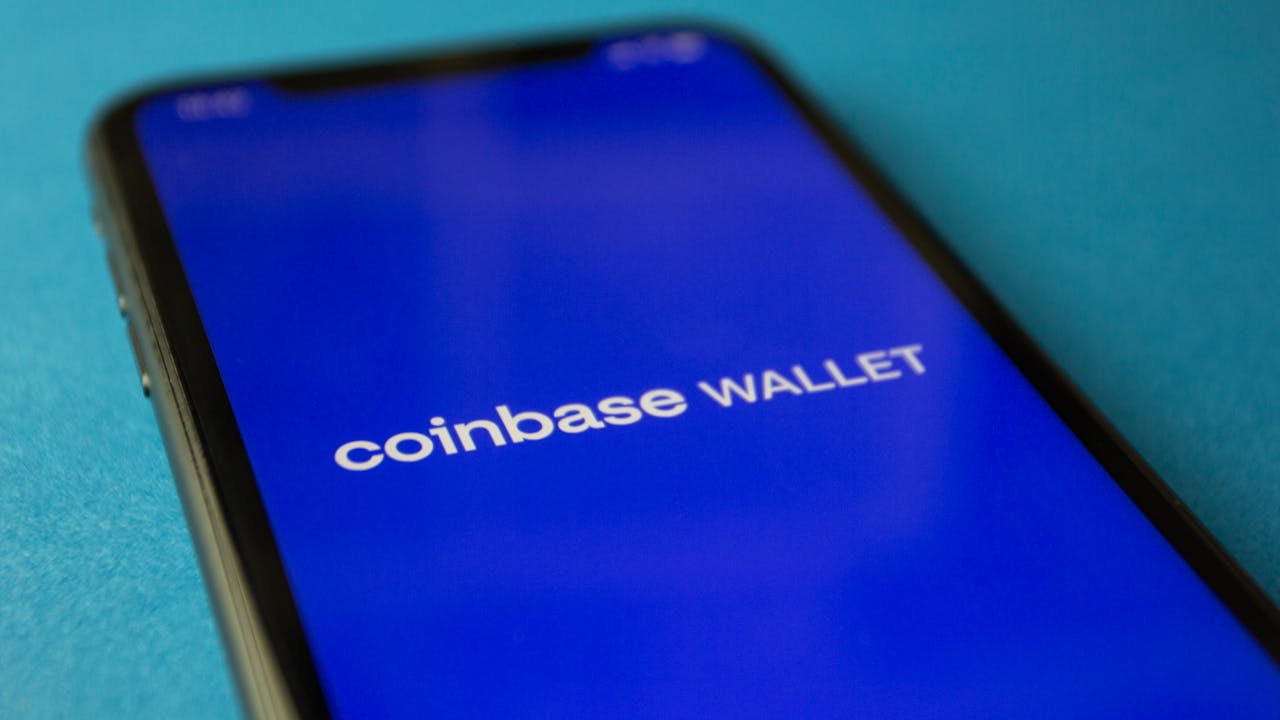We stream music, videos, and data—now stablecoins are poised to let us stream the economy. U.S. dollar stablecoins have quietly grown to represent 1% of the U.S. M2 money supply, signaling the beginning of a major financial shift.
With stablecoins growing at 55% annually, a future where they account for 10% of M1 (cash and highly liquid deposits) is foreseeable. Unlike traditional banking, stablecoin-based services offer faster, cheaper transactions. This could make global money movement instantaneous and nearly free.
Currently, multinational companies maintain large cash reserves worldwide to manage slow, costly cross-border payments. But with real-time, low-cost transfers, firms could centralize funds and rebalance every few hours, dramatically lowering working capital needs. Instead of holding two weeks of payroll locally, one day’s worth might suffice.
This shift can trickle down to daily life. Workers could be paid every day for hours worked, eliminating payday loans. Utilities might bill users daily, not monthly. The idea seems radical—until the math supports it. At 5% interest, even $10 over a year generates value. Weekly savings of just one cent become meaningful when transaction costs are under a cent on Ethereum Layer 2s.
Just as streaming disrupted music and video, stablecoins could disrupt payments. Initially, old systems will simply operate faster and cheaper. But over time, entirely new financial models will emerge.
The implications are massive: U.S. firms hold $2 trillion in cash and $2.8 trillion in working capital loans. A real-time payment economy could unlock trillions for investment. Immediate payouts could also reshape consumer behavior, incentivizing energy savings or service usage in real time.
In a world where instant gratification rules, stablecoins could redefine financial incentives—and the entire global economy.

























Comment 0